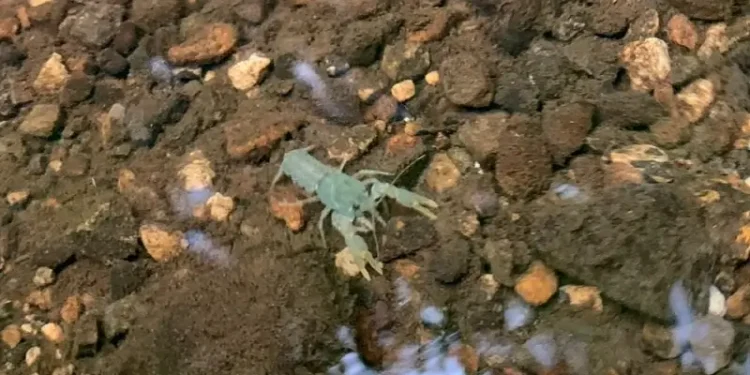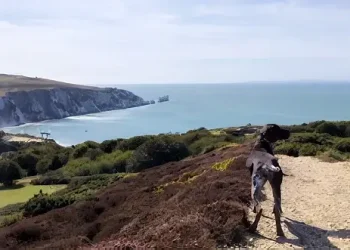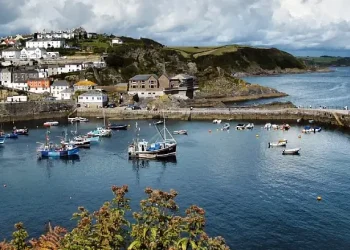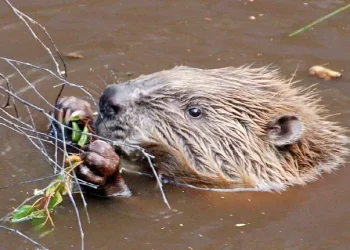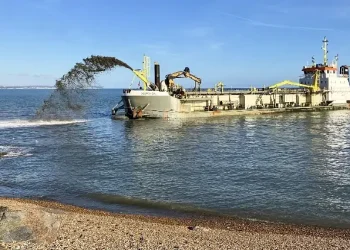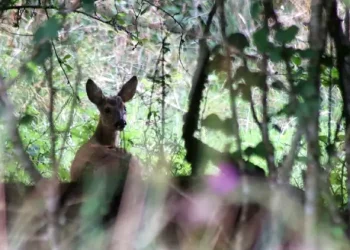In July 2025, the Environment Agency rescued critically endangered white-clawed crayfish from a drought-affected Yorkshire river, releasing them into a protected tributary of the River Wharfe.
This effort underscores the urgent need to protect native species threatened by climate change and invasive species, highlighting community involvement in wildlife conservation.
Rescue Efforts Amid Drought Conditions
The rescue operation was initiated after a public report highlighted crayfish in distress due to severe drought conditions. The Environment Agency responded by rescuing 32 adult crayfish, including 21 berried females carrying eggs. This intervention significantly boosts the chances of population recovery upon their release into a safe habitat.
The chosen release site is strategically protected from invasive American signal crayfish by natural barriers, ensuring the survival of these native species. The Environment Agency continues to quarantine and raise additional baby crayfish for future releases when river conditions improve.
Community Involvement in Conservation
- Public reports triggered the rescue operation during severe drought conditions.
- 21 rescued adults were females carrying eggs, enhancing population recovery prospects.
- The release site is safeguarded against invasive species by natural barriers.
- Ongoing efforts include quarantining and raising baby crayfish for future releases.
- This initiative is part of broader conservation efforts addressing drought and invasive species impacts on UK freshwater wildlife.
The Broader Impact on UK Ecosystems
This rescue highlights the critical role that native species like the white-clawed crayfish play in maintaining healthy waterways. Their survival supports water quality and aquatic food chains, indirectly benefiting agriculture and tourism industries reliant on vibrant ecosystems. For local communities, this conservation effort ensures cleaner waterways essential for recreation and fishing activities.
A Historical Perspective
The decline of white-clawed crayfish in the UK has been ongoing since the late 20th century due to threats from invasive American signal crayfish and associated diseases like crayfish plague. Conservation initiatives have included captive breeding programs and establishing ark sites to bolster wild populations. The 2025 Yorkshire drought intensified pressures on aquatic habitats, prompting emergency interventions like this rescue effort.
Expert Insights
“This location has been chosen as it is already a known safe site for native crayfish in the Wharfe,” said Tim Selway, Biodiversity Specialist at the Environment Agency.
“We’re hoping this population will breed and support the long-term future of the species.”
Additional Reading
Bottom Line
This successful rescue operation not only aids in preserving an endangered species but also emphasizes community involvement’s vital role in conservation efforts.
As climate change continues to pose challenges, such initiatives are crucial for safeguarding biodiversity and ensuring sustainable ecosystems that benefit both nature and human communities across Yorkshire.
Sources: UK Government, Bristol Zoological Society, Environment Agency, and Wildlife Trusts.
Prepared by Ivan Alexander Golden, Founder of THX News™, an independent news organization delivering timely insights from global official sources. Combines AI-analyzed research with human-edited accuracy and context.



